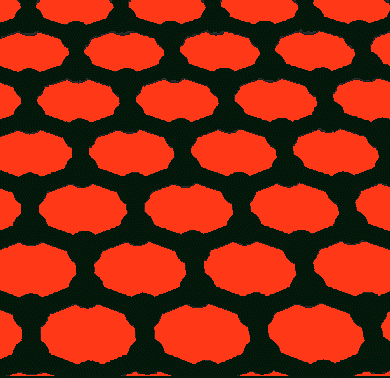James M. Tour, Rice University, Houston, TX, USA, demonstrate that large area, high-quality graphene with controllable thickness can be grown from different solid carbon sources — such as polymer films or small molecules — deposited on a metal catalyst substrate at temperatures as low as 800 °C. Both pristine graphene and doped graphene were grown with this one-step process using the same experimental set-up.
For pristine graphene, they started with a thin film of poly (methyl methacrylate) (PMMA) spun onto a copper substrate that acted as a catalyst. Under heat and low pressure, flowing hydrogen and argon gas over the PMMA for 10 min reduced it to pure carbon and turned the film into a single layer of graphene. Changing the gas-flow rate allowed to control the thickness of the PMMA-derived graphene.
10 mg of sugar (and later fluorene) on a square-centimeter sheet of copper foil subjected to the same reactor conditions as the PMMA was quickly transformed into single-layer graphene. The researchers expected defects in the final product, given the chemical properties of both substances, but they found potential topological defects would self-heal as the graphene formed.
To create doped graphene, the scientists mixed PMMA with melamine as doping reagent. They discovered that flowing the gas under atmospheric pressure produced nitrogen-doped graphene. Pristine graphene has no bandgap, but doped graphene allows control of the electrical structure, which the team proved by building field-effect transistors.
- Growth of graphene from solid carbon sources
Zhengzong Sun, Zheng Yan, Jun Yao, Elvira Beitler, Yu Zhu, James M. Tour,
Nature 2010,
DOI: 10.1038/nature0957




